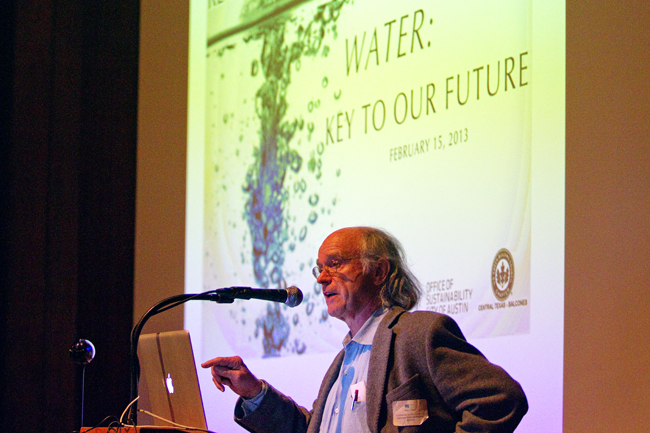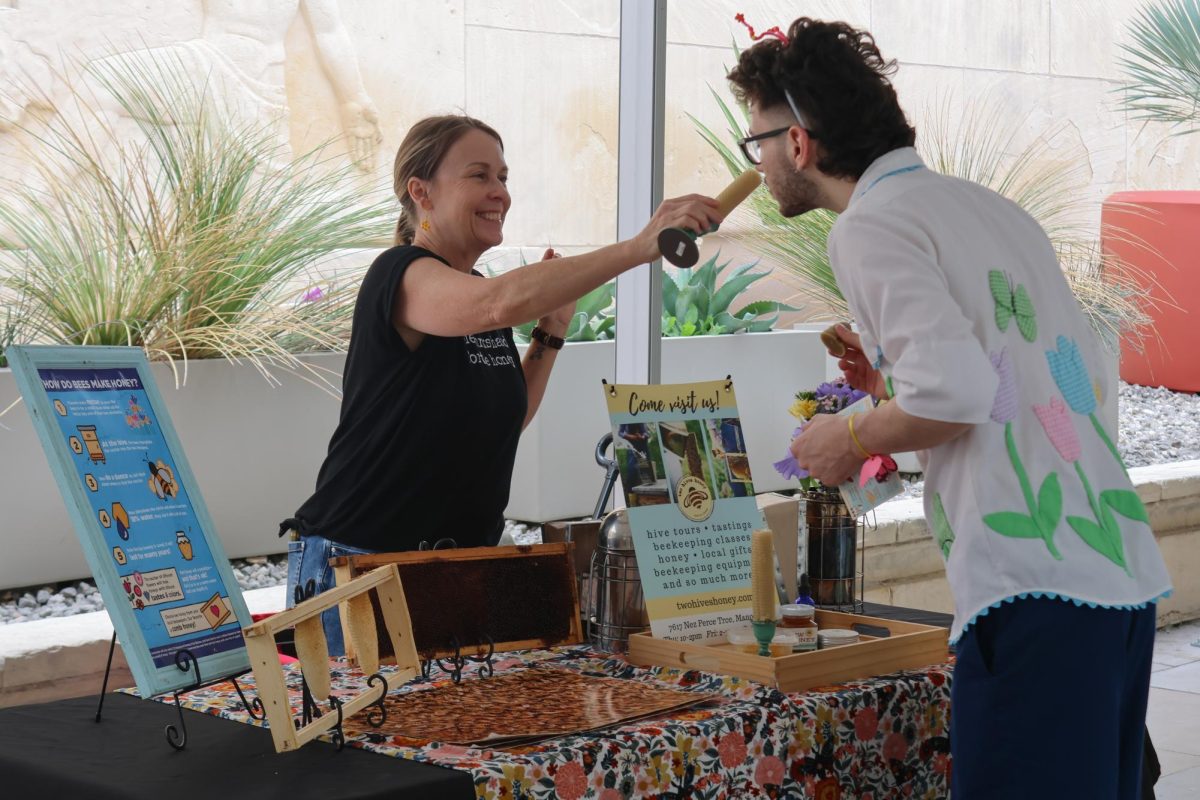Changes to infrastructure and behavior are necessary to begin conserving water in a meaningful way, according to speakers at the first Regional Livability Symposium.
Professionals, scholars and public officials discussed interdisciplinary solutions to improve water access and conservation at the Texas Union Friday.
Jesse Libra, a global policy and energy and earth resources graduate student and Iowa native, said the event was helpful in giving her context about water issues in Texas.
“Regulation and management goes [sic] along with social equity in a lot of areas,” Libra said. “Because a lot of places don’t have the same regulations, and especially poor, marginalized communities end up with very lax regulations that hurt them.”
Most of the water we use is used for non-potable or not drinkable services, and property planning can decrease water wasted, Terry Mitchell, of humanist real estate development agency Momark Development, said.
“As a matter of policy, yes, how we plan our growth is, in my opinion, a major factor in developing and preserving water resources,” Mitchell said. “By planning property, we can greatly extend our water resources.”
Water used for landscaping irrigation, such as watering a lawn, can range from zero gallons per year to 40,000,000 gallons per year for a one acre property, Mitchell said, while water usage within the home usually stays around 4,000 gallons per year.
Mitchell advocates two practices that will reduce water usage for landscape irrigation.
“Sharing common outdoor space, thereby reducing the areas that need to be irrigated,” Mitchell said. “[And] using native plants, reusing water, rainwater capture — all can reduce water usage. Creating shared outdoor spaces rather than yards everywhere is the greatest way of conserving water.”
Envision Central Texas and the UT Center for Sustainable Development hosted the event and is the first in what will be a series of annual symposiums focusing on issues such as transportation, housing and social equity, said Tom Yantis, an Envision Central Texas executive committee member.
“One of the things that Envision Central Texas is focused on — it was established 10 years ago to create a vision for the growth of the region,” Yantis said. “Trying to grow more sustainably, because we knew that we were going to double the region’s population over the course of 20, 30 years.”
The most important goal of the symposium is establishing an interdisciplinary exchange of ideas about water conservation, Yantis said.
“The fact that everybody now in the region seems to realize that water is such a critical resource, and if we keep treating it the way we have treated it, we won’t have that resource in enough abundance to support the population,” Yantis said.





















